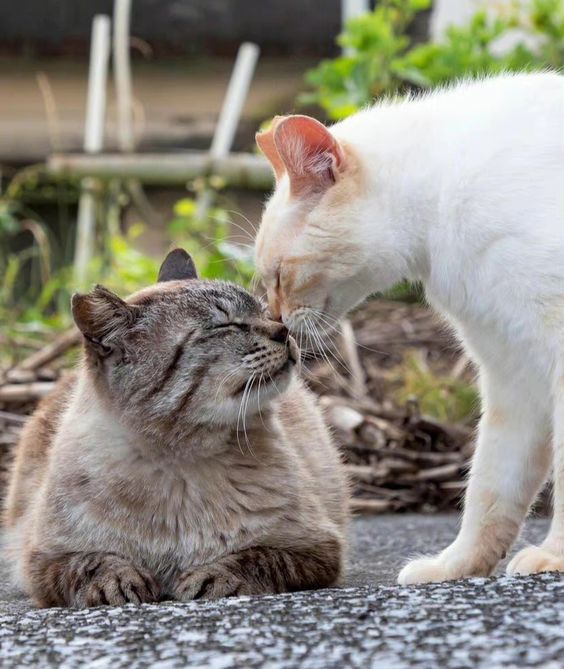
Cat families, often called clowders, exhibit fascinating and complex social structures. By understanding these dynamics, pet owners can enhance their relationship with their cats and ensure their well-being. This article explores the unique world of cat families, providing SEO-optimized insights to attract and engage visitors interested in feline behavior.
Understanding Cat Family Structures
Cat families are usually formed by a mother cat, known as a queen, and her kittens. These family groups can also include related female cats and their offspring. While cats are not pack animals like dogs, they do form strong social bonds that play a crucial role in their development and behavior.
1. Maternal Instincts: The bond between a mother cat and her kittens is vital. Queens are highly protective and nurturing, teaching their kittens essential survival skills through grooming, nursing, and play. This maternal care shapes the kittens’ future behaviors and social interactions.
2. Sibling Relationships: Kittens engage in playful activities that are crucial for their development. Through play, they learn hunting skills, social interaction, and boundary-setting. These interactions help establish social hierarchies within the family and contribute to each kitten’s unique personality.

3. Territorial Behavior: Cats are territorial creatures, and each cat in a family unit has its own defined space. Understanding these territories is essential for maintaining peace in multi-cat households. While dominance hierarchies can form, they are typically more fluid compared to pack animals.
Communication Within Cat Families
Cats communicate using a combination of vocalizations, body language, and scent marking. Understanding these communication methods can help pet owners better interpret their cats’ needs and behaviors.

1. Vocal Communication: Cats use a variety of sounds, including meows, purrs, hisses, and growls, to communicate. Each sound has a specific meaning, from expressing happiness to signaling distress or warning of potential danger.
2. Body Language: Cats use body language to convey their emotions and intentions. Tail position, ear orientation, and eye contact are key indicators. For instance, a cat with an upright tail is usually confident and friendly, while a cat with flattened ears may be scared or aggressive.
3. Scent Marking: Cats have scent glands on their faces, paws, and tails that they use to mark their territory. By rubbing against objects or scratching surfaces, they leave scent markers that communicate their presence and status to other cats.
Benefits of Understanding Cat Family Dynamics
For pet owners, understanding the dynamics of cat families can lead to a more harmonious household. Here are some key benefits:
1. Strengthened Bonds: Recognizing and respecting your cat’s social needs can strengthen your bond. Providing adequate space, enriching their environment, and engaging in interactive play can enhance your relationship with your cats.
2. Enhanced Health and Well-being: Cats that live in environments where their social and territorial needs are met tend to be healthier and less stressed. This can lead to fewer behavioral issues and a longer, happier life for your cats.
3. Effective Conflict Resolution: Understanding the causes of conflicts between cats can help you address issues more effectively. This might involve adjusting their environment, providing additional resources, or consulting a veterinarian or animal behaviorist.

Conclusion
The dynamics of cat families are intricate and fascinating, offering valuable insights into the social lives of our feline friends. By understanding and respecting these dynamics, pet owners can create a more enriching and harmonious environment for their cats. Whether you are a seasoned cat owner or new to feline companionship, appreciating the social structures of cat families can enhance your relationship with your pets and contribute to their overall well-being.

